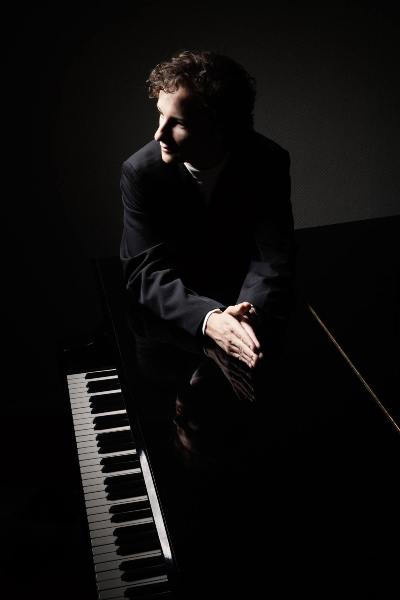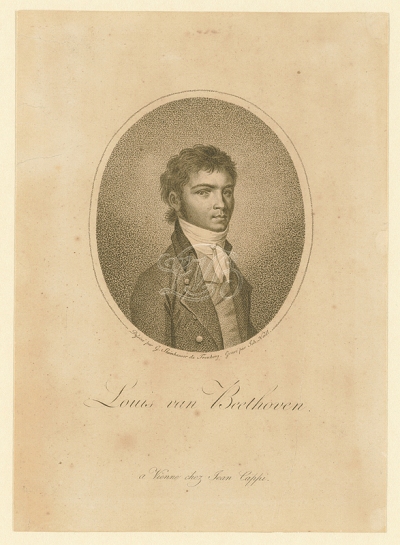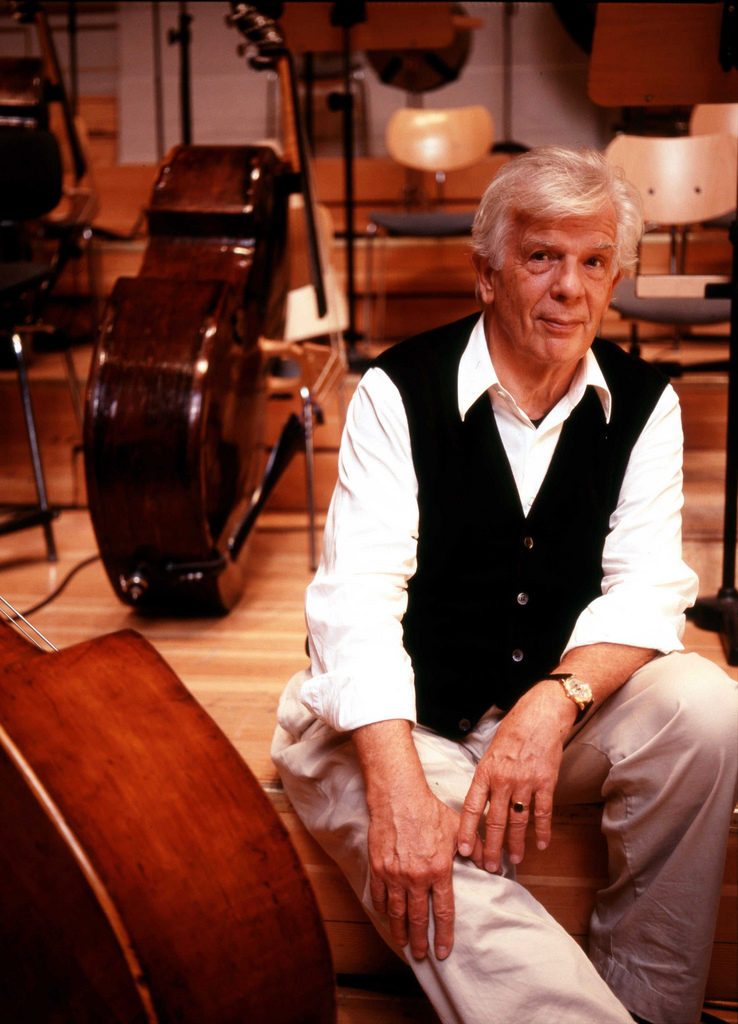Pianist’s CSO debut in Beethoven concerto spins spotlight in a mainly Mozart program
Review: Chicago Symphony conducted by Christoph von Dohnányi; Martin Helmchen, piano. At Orchestra Hall through June 11.
By Lawrence B. Johnson
Talk about expectation turned on its head! This was going to be the Chicago Symphony Orchestra and conductor Christoph von Dohnányi playing Mozart symphonies with, oh yeah, a pianist whose name you couldn’t remember in the earliest of Beethoven’s concertos. And then oh yeah turned into Oh, wow!  For anyone who heard 34-year-old German pianist Martin Helmchen’s scintillating CSO debut June 9, I hardly think name recognition will remain an issue. The only question is when will this masterly pianist, a formidable presence in Europe since he won the Clara Haskil International Competition 15 years ago, return to Chicago not only to perform with the orchestra again but to play a recital in the Symphony Center Presents series?
For anyone who heard 34-year-old German pianist Martin Helmchen’s scintillating CSO debut June 9, I hardly think name recognition will remain an issue. The only question is when will this masterly pianist, a formidable presence in Europe since he won the Clara Haskil International Competition 15 years ago, return to Chicago not only to perform with the orchestra again but to play a recital in the Symphony Center Presents series?
Helmchen’s tour of Beethoven’s Piano Concerto No. 2 in B-flat was a frankly improbable display of technical finesse and expressive poetry. One doesn’t necessarily think in sublime terms of this somewhat tentative essay by the young Beethoven. The B-flat was really the composer’s first attempt at a concerto, and he reworked it extensively — right through the composition of the more assured Piano Concerto in C major that ended up being published just ahead of the B-flat; hence their inverse numbering.
 But Helmchen’s sparkling, suave, indeed Mozartian performance afforded a vivid suggestion of how the work might have sounded in the hands of Beethoven, a virtuoso whose playing took Vienna by storm even as he gained celebrity as a composer. How much more than mere technical chops Helmchen brings to the piano was summed up in the prodigious cadenza Beethoven wrote for the opening movement: Part dramatic soliloquy and part glittering toccata, this grandly arching solo attested to the pianist’s intellect and soul as well as his effortless facility.
But Helmchen’s sparkling, suave, indeed Mozartian performance afforded a vivid suggestion of how the work might have sounded in the hands of Beethoven, a virtuoso whose playing took Vienna by storm even as he gained celebrity as a composer. How much more than mere technical chops Helmchen brings to the piano was summed up in the prodigious cadenza Beethoven wrote for the opening movement: Part dramatic soliloquy and part glittering toccata, this grandly arching solo attested to the pianist’s intellect and soul as well as his effortless facility.
The central Adagio was unblemished radiance and the finale produced a sunny effervescence that again brought Mozart to mind. Indeed, the Mozart connection was far from incidental; it was key, and Dohnányi underlined that historical line — and clarified the piano line — by limiting the orchestra forces to plausible Classical proportions.
Still smaller was the ensemble Dohnányi led in Mozart’s Symphony No. 25 in G minor, which opened the concert. Sometimes tagged the “little G minor,” in comparison with the great Symphony No. 40 in the same key (the only two symphonies Mozart cast in minor mode), the 25th Symphony may not possess the weight of its grander sibling, but its wistful charm bespeaks stunning mastery by a composer at age 17.
 In both the dramatic urgency of the opening movement and the delicate lyricism of the ensuring Andante, Dohnányi underscored the essentially operatic bent of Mozart’s temperament. The CSO strings bathed this intimate music in a shimmering light set off by the resonance of no fewer than four French horns — a fetching anomaly. The driving finale crackled with incisive energy incited by minimal gestures from the 86-year-old maestro.
In both the dramatic urgency of the opening movement and the delicate lyricism of the ensuring Andante, Dohnányi underscored the essentially operatic bent of Mozart’s temperament. The CSO strings bathed this intimate music in a shimmering light set off by the resonance of no fewer than four French horns — a fetching anomaly. The driving finale crackled with incisive energy incited by minimal gestures from the 86-year-old maestro.
Which brings us to something of a twofold curiosity about Dohnányi’s approach to Mozart’s capstone Symphony No. 41 in C major (“Jupiter”). First, and quite convincingly, the conductor employed the same almost miniaturized orchestra heard in the 25th Symphony. The result was sharply defined textures and precise contrapuntal effects, crucial in the finale.
But the animation Dohnányi brought to the 25th Symphony was nowhere to be found in the “Jupiter,” whose first movement plodded forward with a deliberation that struck this listener as more stolid than majestic. Indeed, discrepancies in tempos were slight from movement to movement: After the lugubrious opening, the middle movements (Andante cantabile and Allegretto) seemed little different from each other, neither offering a distinctive shift away from the first. The orchestra’s performance was impeccable, but the narrative line felt compressed.
Anyway, until the finale. Here, in Mozart’s staggering structural tour de force, combining sonata form with fugue, the minimal ensemble and Dohnányi’s restrained tempo produced a thrilling aura of transparency and roller-coaster surge. If this was Dohnányi’s whole point, the end rationalizing the journey, he indeed left his listeners with something special.
Related Links:
- Helmchen and Dohnányi performing Beethoven together: YouTube clip via Orchestra de Paris, 2014
- Performance location, dates and times: Go to cso.org
Tags: Chicago Symphony Orchestra, Christoph von Dohnányi, Martin Helmchen


